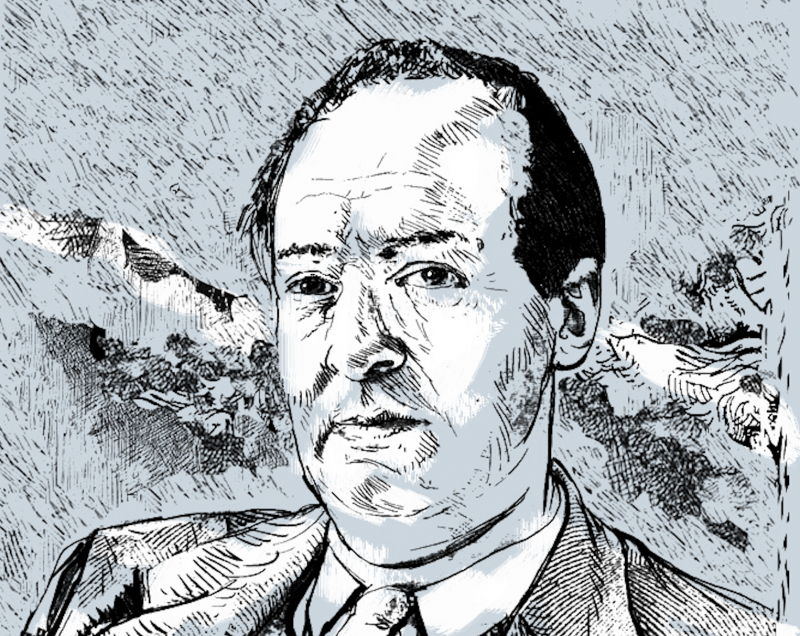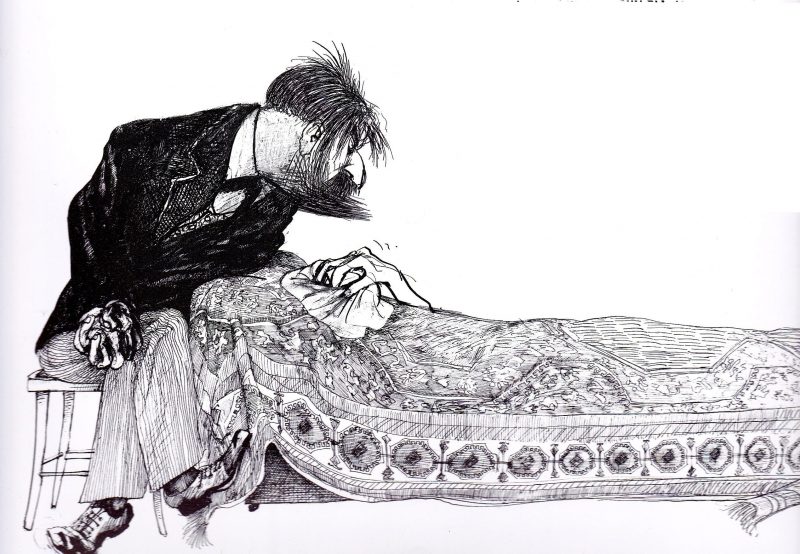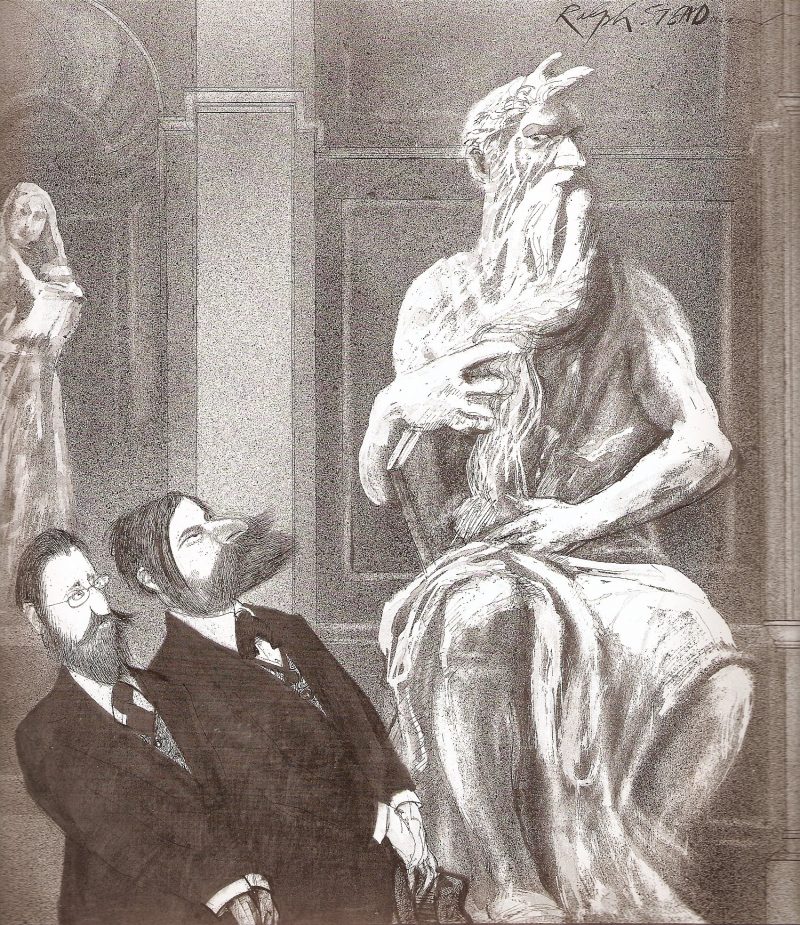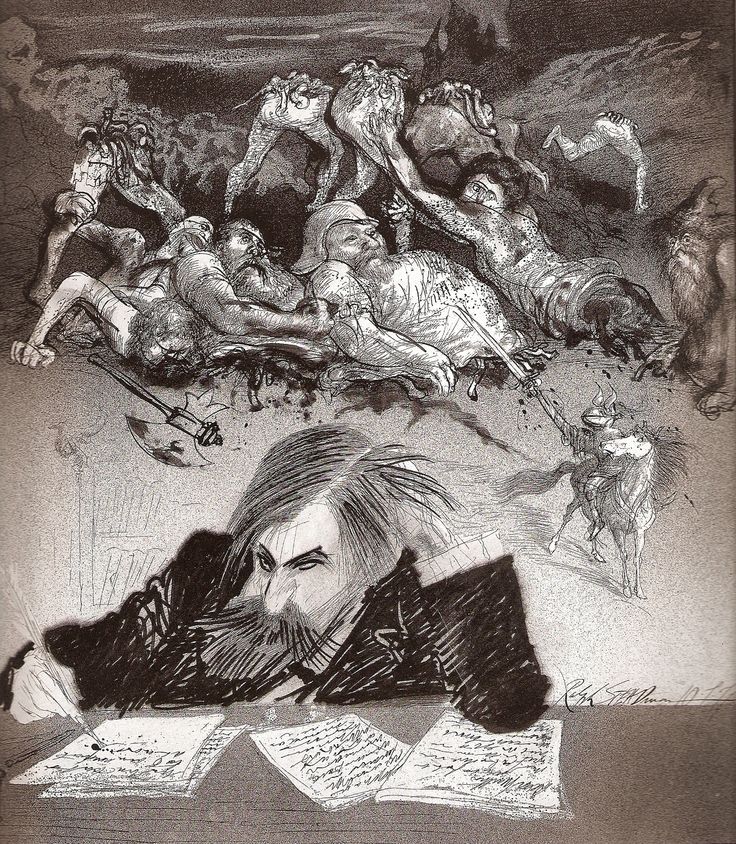ASMR… is it a medical condition? A sexual fetish? A desire for peace and quiet coupled with an inability to turn off YouTube? Maybe all or none of the above?
Maybe you caught Act One of This American Life’s “Tribes” episode, in which novelist Andrea Seigel describes her passionate need for whispering, and finds a community of people who need the same. She discovered the “tingle” early in life, when a friend came over to inspect her shell collection, describing each item in a gentle whisper and provoking in Seigel an “autonomous sensory meridian response,” a euphoric reaction thousands crave as though it were a drug. They get their fix, as we learn in the New Yorker video above, from videos in which male and female “ASMR artists” gently handle, manipulate, and describe objects in low murmurs.
Sensual sibilance, the sounds of a brush through hair, scissors clipping, plastic quietly crinkling, tapping, spraying… all producing the same effect as Bob Ross’s happy little clouds and trees, a pioneering source of ASMR, though it had not yet been identified as such.
Many of Ross’s viewers were not, in fact, aspiring artists, but people who responded to his calming demeanor and the swishing sounds of his brush on the canvas. (Watch all episodes of his show here.) ASMR artist Maria of the YouTube channel “Gentle Whispering” is not only a purveyor of ASMR sounds, she’s also a client who herself shivers at fingertips on paper and breathy whispers. See one of her videos below (and many more here).
“No one’s been able to unravel the biochemistry or the exact physiological experience that people are having,” says Shenandoah University’s Craig Richard, an ASMR enthusiast. Oxytocin—the “love hormone”—seems to be involved, which may explain why many ASMR videos have a slightly sexy feel to them. Sensation, touch, and closeness define the genre (often hosted by young, conventionally attractive women). ASMR videos may adhere to some specific cultural constructions, but the phenomenon seems real enough. And it has a psychological nemesis, misophonia, “an extreme dislike of certain sounds,” such as just those that set ASMR folks a‑tingling.
“How can a sound be so relaxing for group A,” asks Richard, “and really make group B angry?” Maybe there is a genetic component, he speculates. And maybe the popularity of ASMR videos shows a softer, G‑rated side of how lonely people meet a need online. ASMR artists “tend to be people with really kind and caring dispositions,” says Richard. “You’re brought into this world and this moment with you and another person. And this person just seems to really care about you.” Role-playing plays a big role in ASMR videos, which can make them seem even more like adult movies.
But it’s not at all about sex, but about intimacy, calm, and connection, which many people understandably hunger for in a noisy, alienating world. As Richard points out, many say that ASMR videos help with anxiety and insomnia. Stressed-out students, single mothers, veterans with PTSD—all have reported finding peace through ASMR. “Our society has become quicker in every possible way,” says Maria. “Everything is pushed to the top, to the limit. ASMR slows down your perception of everything.” It’s a meditative art, she suggests, and an antidote to the brain-scrambling disorientation of contemporary life.
Related Content:
10 Hours of Ambient Arctic Sounds Will Help You Relax, Meditate, Study & Sleep
Josh Jones is a writer and musician based in Durham, NC. Follow him at @jdmagness





